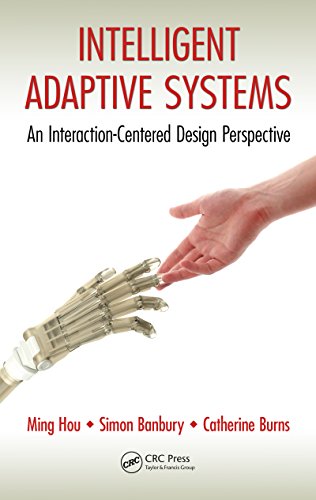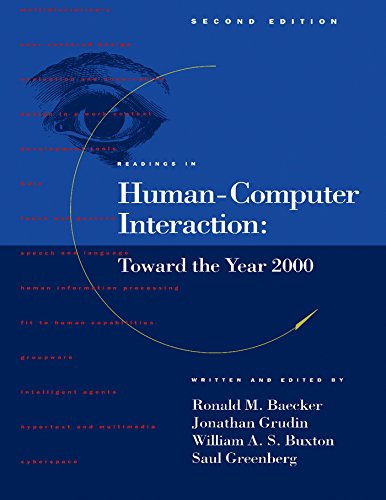
By Ming Hou,Simon Banbury,Catherine Burns
As ubiquitous because the surroundings, clever adaptive structures (IASs) encompass us in our day-by-day lives. while designed good, those platforms feel clients and their environments to be able to supply help in a way that isn't in simple terms conscious of the evolving state of affairs, yet overlooked through the consumer. A synthesis of modern study and advancements on IASs from the human elements (HF) and human–computer interplay (HCI) domain names, Intelligent Adaptive platforms: An Interaction-Centered layout Perspective offers built-in layout advice and proposals for researchers and approach builders.
The e-book explores a famous loss of integration among the HF and HCI study groups, which has resulted in inconsistencies among the study methods followed, and a scarcity of exploitation of study from one box through the opposite. The authors combine theories and methodologies from those domain names to supply layout ideas for human–machine builders. They then identify layout tips throughout the evaluation of conceptual frameworks, analytical methodologies, and layout tactics for clever adaptive structures. The booklet attracts on case reports from the army, clinical, and distance studying domain names to demonstrate clever method layout to ascertain classes learned.
Outlining an interaction-centered viewpoint for designing an IAS, the publication information methodologies for knowing human paintings in complicated environments and provides figuring out approximately why and the way optimizing human–machine interplay can be significant to the layout of IASs. The authors current an analytical and layout technique in addition to an implementation technique that is helping you decide the correct layout framework on your needs.








